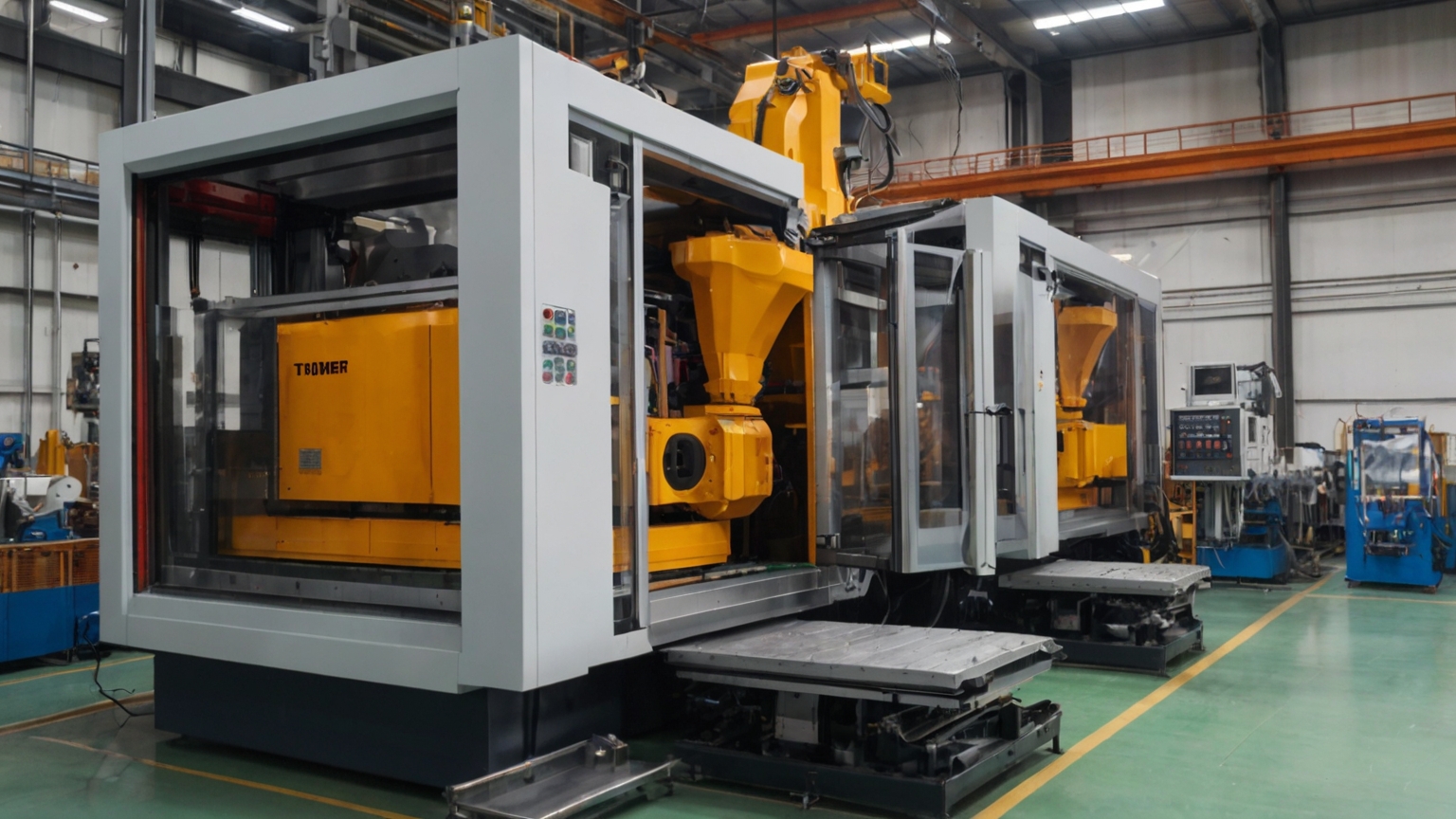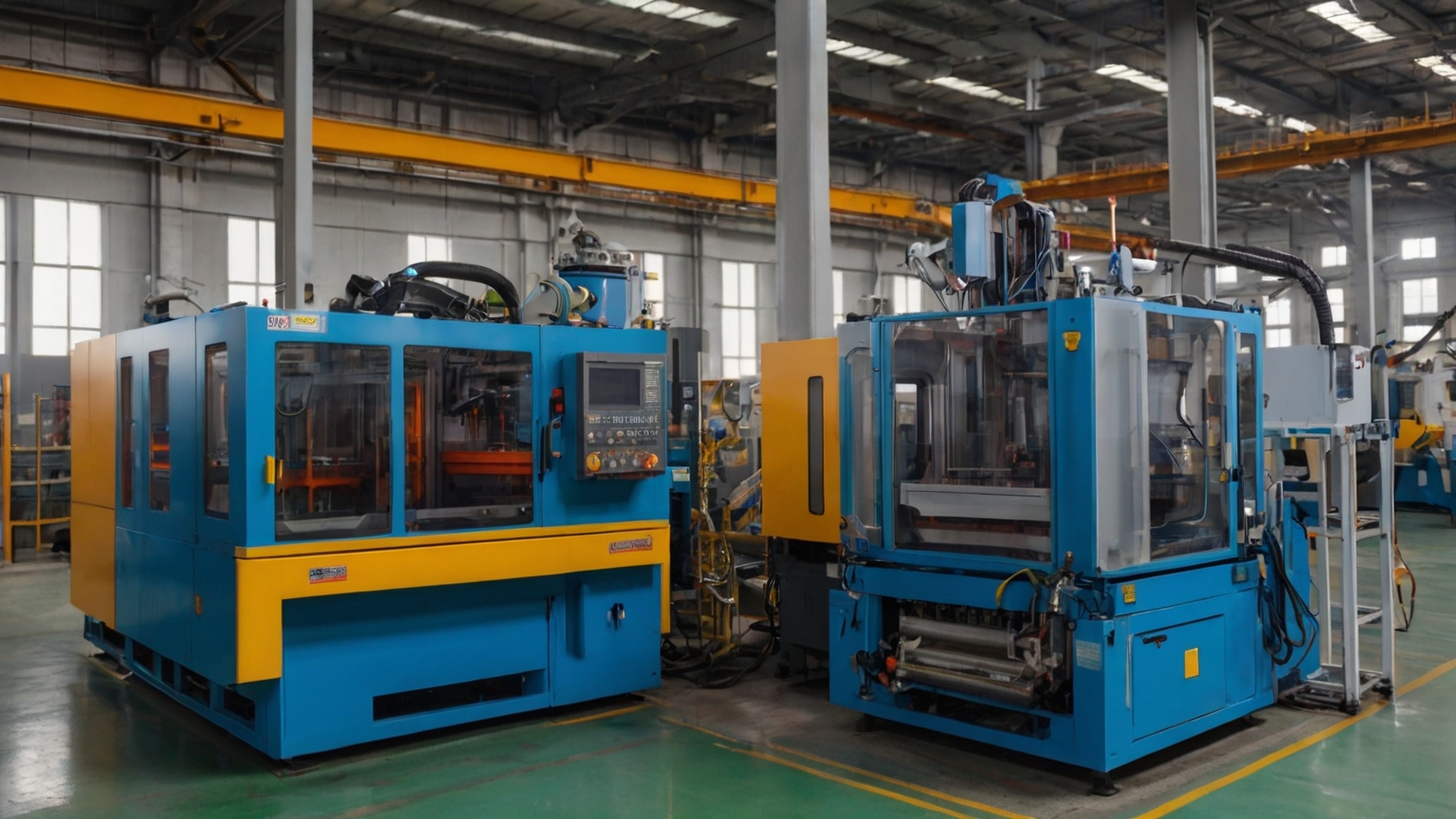Maximizing Reliability with Temperature Testing: A Guide to IEC 60068-2-1 & IEC 60068-2-2
In today’s rapidly evolving technological landscape, ensuring the reliability and performance of electronic devices and equipment is of paramount importance. One critical aspect of evaluating reliability is temperature testing, which allows manufacturers to assess the performance of their products under varying temperature conditions. In this comprehensive guide, we will delve into the details of temperature testing and explore the significance of two widely recognized standards: IEC 60068-2-1 and IEC 60068-2-2.

Understanding Temperature Testing
Temperature testing involves subjecting electronic devices or components to controlled temperature environments to evaluate their performance and reliability. By simulating real-world temperature conditions, manufacturers can identify potential weaknesses or vulnerabilities in their products, enabling them to make informed design and engineering decisions.
The primary goal of temperature testing is to determine the operational limits of a device and assess its ability to withstand extreme temperature variations. It plays a crucial role in various industries, including automotive, aerospace, telecommunications, and consumer electronics, where reliability and durability are paramount.
Introduction to IEC 60068-2-1 & IEC 60068-2-2: Commonly Accepted International Normative Standards for Cold & Dry Heat Exposure
IEC 60068-2-1 and IEC 60068-2-2 are internationally recognized standards developed by the International Electrotechnical Commission (IEC) that provide guidelines for temperature testing. Let’s explore each standard in detail:
IEC 60068-2-1 Environmental testing – Part 2-1: Tests – Test A: Cold
IEC 60068-2-1 focuses on cold temperature testing. It provides a standardized procedure for subjecting devices to extremely low temperatures and evaluating their performance under such conditions. The standard specifies the necessary testing equipment, procedures, and test durations to ensure consistent and reliable results.
IEC 60068-2-1 focuses on 3 tests, deliniated by whether or not the sample itself is heat disspiating and the rate of temperature change desired to test, the tests are:
- Test Ab: Cold for non heat-dissipating specimens with gradual change of temperature: This procedure is intended for non heat-dissipating specimens which are subjected to a lower temperature for a time long enough for the specimen to achieve temperature stability.
- Test Ad: Cold for heat-dissipating specimens with gradual change of temperature that are powered after initial temperature stabilization: This procedure is for heat-dissipating specimens which are subjected to a low temperature fora time long enough for the specimen to achieve temperature stability.
- Test Ae: Cold for heat-dissipating specimens with gradual change of temperature that are required to be powered throughout the test: This procedure is intended for heat dissipating specimens which are subjected to a low temperature for a time long enough for the specimen to achieve temperature stability and which are required to be powered throughout the test period.
Cold temperature testing helps manufacturers understand how their products function in frigid environments, such as Arctic conditions or refrigerated storage. It allows them to identify potential issues related to material properties, lubrication, thermal expansion, and electrical conductivity, among others.
IEC 60068-2-2 Environmental testing – Part 2-2: Tests – Test B: Dry heat
On the other hand, IEC 60068-2-2 deals with dry heat testing. This standard outlines the guidelines for subjecting devices to high-temperature environments and assessing their performance under elevated temperatures. Dry heat testing is crucial for industries where products may be exposed to extreme heat, such as electronic equipment installed in desert regions or near industrial processes generating substantial heat.
IEC 60068-2-2 focuses on 3 tests, deliniated by whether or not the sample itself is heat disspiating and the rate of temperature change desired to test, the tests are:
- Test Bb: Dry heat for non heat-dissipating specimens with gradual change of temperature: This procedure is for non heat-dissipating specimens which are subjected to an elevated temperature for a time long enough for the specimen to achieve temperature stability
- Test Bd: Dry heat for heat-dissipating specimens with gradual change of temperature that are not powered during the conditioning period: This procedure is for heat dissipating specimens which are subjected to an elevated temperature for a time long enough for the specimen to achieve temperature stability.
- Test Be: Dry heat for heat-dissipating specimens with gradual change of temperature that are required to be powered throughout the test: This procedure is for heat dissipating specimens which are subjected to an elevated temperature for a time long enough for the specimen to achieve temperature stability and which are required to be powered throughout the test period
By following the procedures defined in IEC 60068-2-2, manufacturers can gain valuable insights into the behavior of their devices in high-temperature conditions. This knowledge enables them to optimize designs, select appropriate materials, and implement necessary cooling mechanisms to enhance the reliability and longevity of their products.
Conducting Temperature Testing
Temperature testing involves a series of steps to ensure accurate and reliable results. Here’s a general overview of the process:
1. Preparation: Before initiating temperature testing, it is essential to define the test objectives, identify the specific test requirements, and select the appropriate testing equipment. This includes chambers or ovens capable of maintaining precise temperature levels, thermocouples or temperature sensors for measurement, and data acquisition systems for recording test data.
2. Test Plan: Develop a comprehensive test plan that outlines the test parameters, such as temperature range, ramp rates, dwell times, and any specific cycling patterns. The test plan should also specify the number of test samples and the statistical significance of the results.
3. Sample Conditioning: Ensure that the test samples are adequately conditioned to eliminate any residual heat or cold. This conditioning period allows the devices to reach a stable thermal equilibrium before the test begins.
Got a Question?
We’re here to answer your questions and help you get started right away. Call or send us a message anytime.

Megalab Group
Megalab offers ISO 17025 A2LA Accredited, EMC, Product Safety, Mechanical & Laboratory Testing Services. Megalab Group Inc. and its team are committed to meet and exceed our customers’ expectations as an industry leader in environmental and related regulatory testing services, through constant business improvement while upholding the highest integrity and quality in standards of all services we provide.
Learn more at www.megalabinc.com



